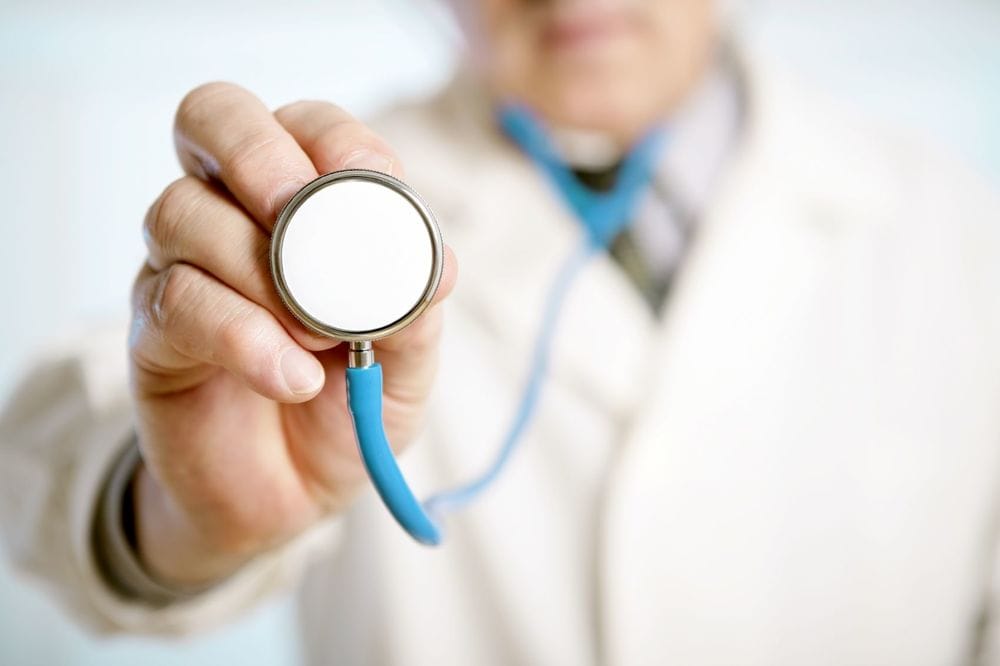Dirty Stethoscopes
A study published this month has displayed the possibility that a doctor’s stethoscope could be a major source of bacterial transmission in clinical practice.

A study published this month has displayed the possibility that a doctor’s stethoscope could be a major source of bacterial transmission in clinical practice. The study, published in an issue of Mayo Clinic Proceedings, exposed how stethoscopes contain a huge number of bacteria relative to a doctor’s hands.
The results found the diaphragm of a stethoscope (the larger side) to contain more bacteria than every part of the hand except the fingertips. One of the strains of bacteria found on the stethoscopes was the multi-resistant MRSA. The authors concluded that every physician should clean their stethoscope after every patient examination.
This is not the first time the prospect of stethoscopes being a key cause of infection has been disclosed. Way back in 1972, an article in The Lancet examined 100 stethoscopes from doctors of different specialties in a London hospital and found them all to contain large amounts of bacteria, including the food poisoning staphylococci bacteria.
Dr. Didier Pittet, director of the Infection Control Program at University of Geneva Hospitals, in Switzerland said, “The important implication is that the stethoscope, whether used by a doctor, a nurse, an assistant nurse or any staff, needs to be cleansed after each use.”
Hopefully, doctors will follow the advice of the experts and think of the stethoscope as an extension of their fingertips, in order to reduce the lethal transmission of multi-resistant bacteria.









